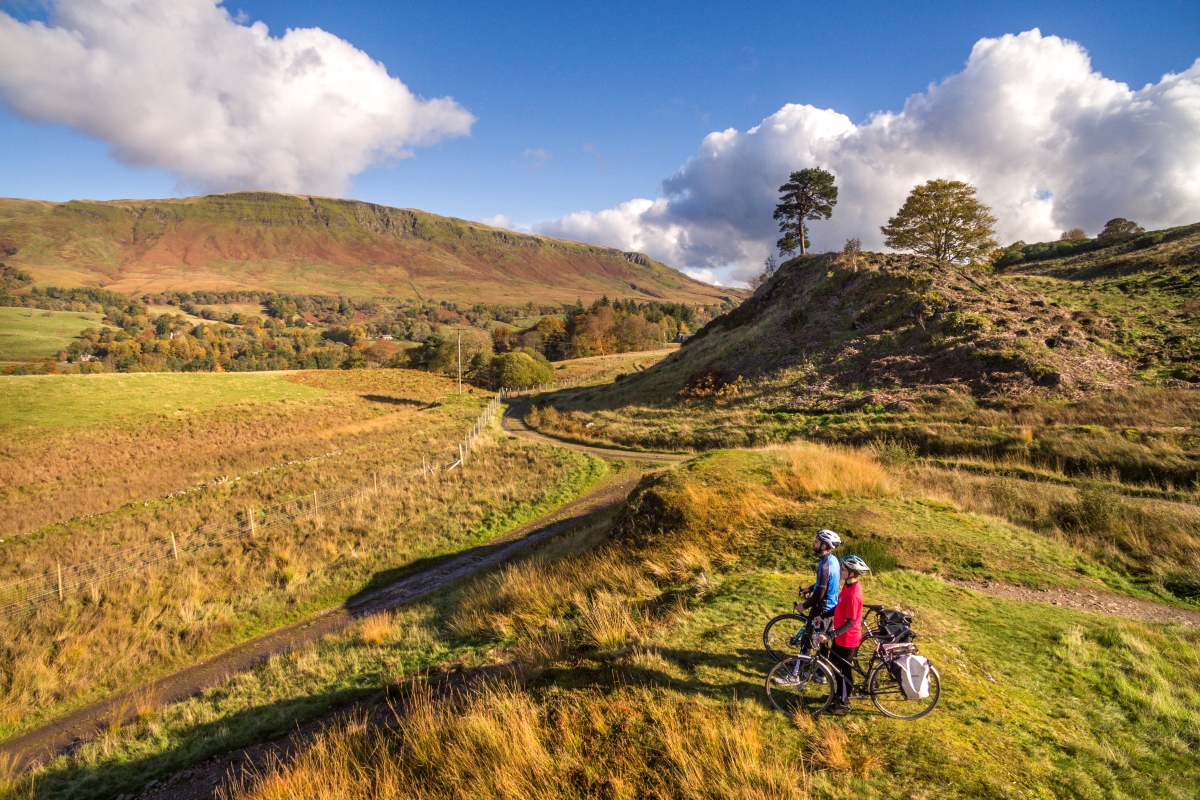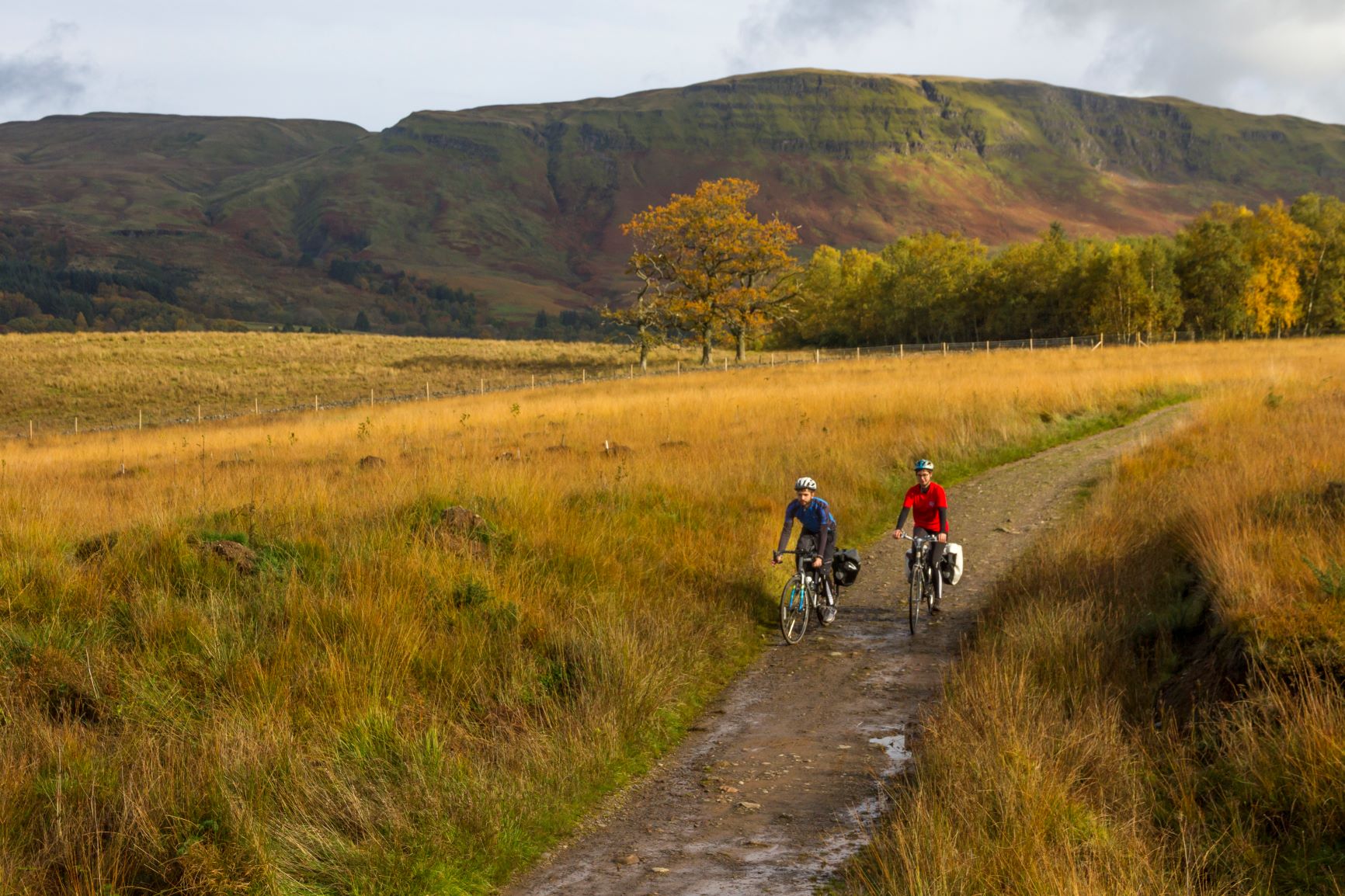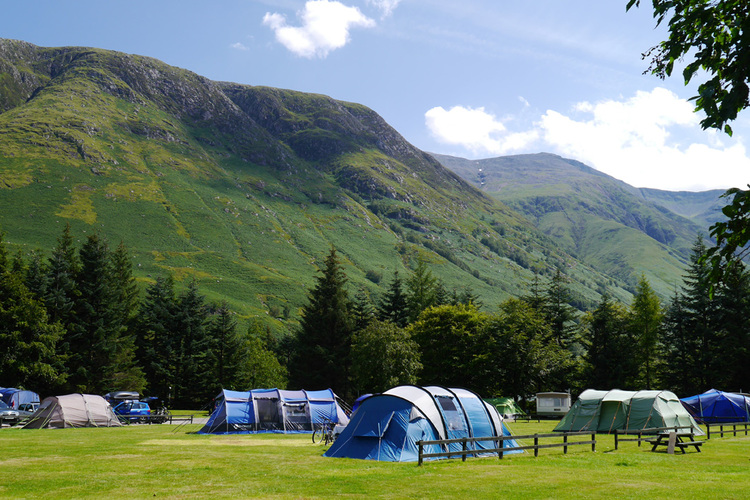Bikepacking is one of the most rewarding ways to explore the eclectic landscapes of the UK. Self-sufficiency and adventure are at its core and it’s perfect for those seeking the roads less travelled in all their wild and untamed glory. With the right training and equipment, and hopefully a little luck in the way of weather, you’ll be in for a truly unforgettable experience, being able to sweep across some of the most iconic vistas these lands have to offer.
Combining the speed of a bike, and the minimalist nature of backpacking gives you the opportunity to venture further, taking in far more sights and scenes on the way than you would on foot and still bringing about that feeling of wanderlust as well. You might scale (or hike-a-bike) a mountain, follow the meandering shores of a loch and travel down an old Roman road, all in a day’s ride, and hopefully with the wind always at your back.
For more technical info on bikepacking, check out our in-depth bikepacking guide we recently published. Looking for a cycle-touring route? There are plenty of routes here that’ll fit that type of trip – particularly if you’ve got your bike geared up for gravel. By the way, our friends at our sister title Mpora have covered the differences between cycle touring and bikepacking – just in case you were wondering.
The Top 10 Best Bikepacking Routes in the UK
- LEJOG (Land’s End to John O’Groats)
- King Alfred’s Way
- Lakeland 200
- The Pennine Bridleway
- The Northern Irish Coast (Ballyshannon to Larne)
- West Highland Way
- Highland Trail 550
- John Muir Way
- Sarn Helen
- The Trans-Cambrian Way
LEJOG (Land’s End to John O’Groats)
Start / Finish: Land’s End to John O’Groats. The above route is one of many variations.
Distance: 874 + miles / 1407 km
Days: 10 to 21
Spanning across the entire length of the British mainland, LEJOG begins in the south-west corner of England, and ends in the most north-easterly point of Scotland. Though you can complete the route from north to south, the south to north route tends to be the more popular direction as it follows the prevailing south-westerly winds of the UK. The traditional distance is 874 miles, though some routes can extend to 1,189 miles depending on which areas you are keen to explore, and which hills you might be hoping to avoid…
This journey is regarded as the grandaddy of all bikepacking routes in the UK. Due to its sheer length, you are likely to come across just about every type of terrain there is within these shores. From wild greenways, to bike-friendly country roads, to muddy hills; prepare for it all. In this sense, all-terrain, hybrid and touring bikes are recommended.
On this journey mapped out above, you’ll overlap with the Cornish Way, the West Country Way, the Avon Cycleway, the Pennine Cycleway, the Cheshire and Lancashire Cycleways, the Lochs and Glens Way, amongst others. Passing through national parks all across the UK, you’ll never be short of magnificent views and places to stop and explore.
King Alfred’s Way
Start / Finish: Winchester
Distance: 217 miles / 350 km
Days: 3 to 6
The King Alfred’s Way is a tour around the heartlands of the ancient kingdom of Wessex, starting and finishing at the statue of its legendary ruler and arguably one of the most famous Britons of all time.
The journey, which was only launched as recently as August 2021, follows ancient transport routes and visits old battlegrounds, with historic sites including Winchester and Salisbury cathedrals, Old Sarum hill fort, the Devil’s Punch Bowl, Roman roads, Saxon camps and Iron Age hill forts, and castles.
As a mostly off-road route, gravel and touring bikes are recommended. Fortunately this is one trail where you are never too far from towns and railways stations should anything go awry. The terrain includes gravel tracks, rolling hills, pastures, heathlands, bridleways, and towering woods. Making use of the North Downs Way, the South Down Way, the Thames Path, Pilgrim’s Trail and the Ridgeway, you can combine multiple routes if you fancy straying from the traditional trail, or simply elongating your travels.
Lakeland 200
Start / Finish: Staveley
Distance: 127 miles / 204 km
Days: 2 to 4
Set in the Lake District National Park, with roughly 21646 ft of total ascent, this route is definitely a challenge. Having said that, if you want to push yourself even further, there’s also a Lakeland 300 route spanning 186 miles. Mountain bikes are recommended for both.
This loop of the mountains and lakes of this beautiful part of the world traditionally begins in Staveley, and goes clockwise around the national park. Involving bridleways through forests, hike-a-bike climbs up mountains, narrow tracks through bogland, and some rocky, cross-country terrain, this is a classic ride for those who want an authentic, off-road, bikepacking experience.
The Pennine Bridleway
Start / Finish: South Peak Distinct to Yorkshire Dales
Distance: 205 miles / 330 km
Days: 3 to 5
Beginning in the south of the Peak District, traditionally in Wirksworth, and finishing in the Yorkshire Dales, this is the longest off-road trail in the UK. Initially founded by Mary Towneley, The Pennine Bridleway has since been elongated, traversing across the Pennine hills, otherwise known as the backbone of England.
You will be riding mostly on bridleways, tracks through peat bog, old-timey country roads and some ancient packhorse trails used in centuries gone by. With some technical descents and quite a few tough climbs, gravel or mountain bikes are recommended for this route.
As you reach the Yorkshire Dales the area becomes more remote, and open moorlands expand for miles, finishing at the tip of the Dales in Kirkby Stephen where you can toast the end of your journey in one (or two) of the market town’s pubs.





